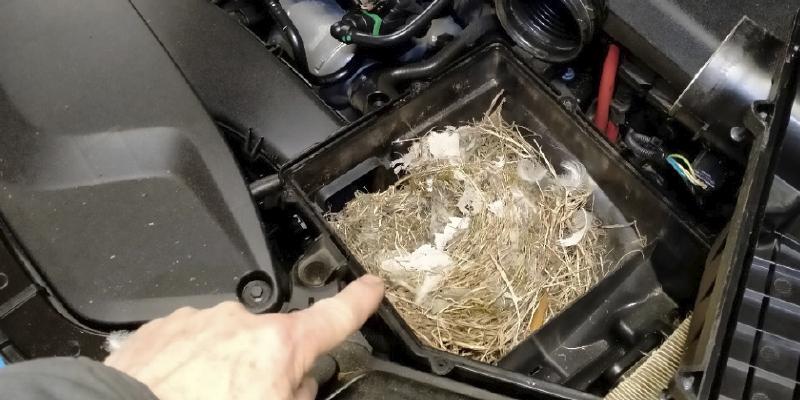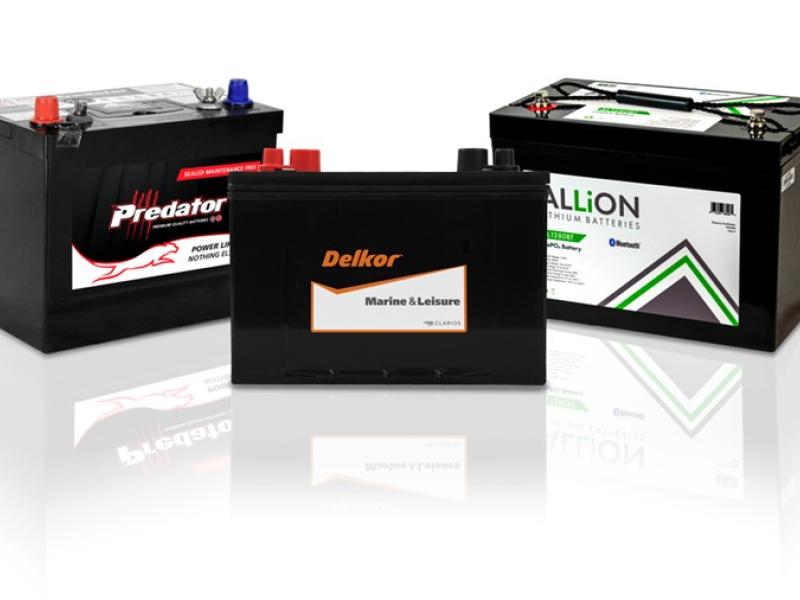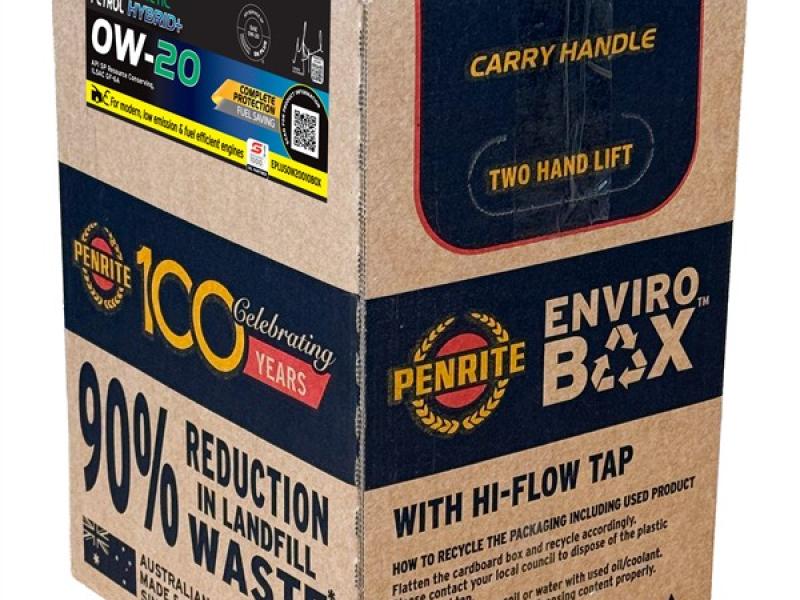The problem presented to the technical support team
A 2015 Volvo V40 2.0Ltr Turbo Petrol was brought in for its annual service. The owner had mentioned that the engines’ sound had recently changed. His description was that the vehicle seemed to run OK around town but, the sound was different to normal. The workshop owner had recently completed a AECS diagnostics training course, so he was full of possible ideas. The vehicle was initially road-tested and scanned for fault codes and then kept overnight to test for cold starting noises the following morning. All the testing returned no obvious faults.
Measurements
Our customer called us for guidance as he was still relatively new to diagnostics. We suggested he use his new scan tool to look closely at all the live data available as this will often reveal the area of concern. When we say look closely, we mean study each line of information and consider them in turn to see if the readings are reasonable or unlikely. Simply pulling up all lines of data and skimming through with social media swipes will not tell you anything at all.
Studying the exhaust backpressure, fuel trims, and in particular the long fuel trim, throttle valve operation and manifold control values throughout the different operating conditions would be a sensible place to start. Once they were all checked it was onto the variable valve timing operation and swirl flap function in the intake manifold. The EGR system was actuated and monitored by using the special functions section in the Launch Volvo software and live data observed for any sticking of the control valve. A simple tap along the exhaust to check for rattles which might suggest loose baffles or CAT and issues was also carried out. Engine mounts were also checked in case they were worn or broken.
Nothing appeared to be a long way off what we would have expected to see. Remember when the vehicle was scanned no fault codes were present in the engine control unit or any other ECU for that matter.
Next steps
With nothing really jumping out at us we considered the inside of the intake manifold. Although the EGR system appeared to be functioning, at different temperatures and pressure conditions they can jam up. Carbon caking is something city vehicles suffer with a lot so it was perfectly feasible that this could be our issue. We felt it was worth a look inside the intake for any excess carbon build-up, particularly around valves. We’ve recently studied the dangers of on-car carbon caking removal techniques and we already know that there is nothing good to ever be gained from simply putting an additive in the fuel or directly into the manifold of any vehicle. All this does is simply move the problem somewhere else, for example the exhaust system and this is a recipe for scary invoices.
It was only upon removal of the air filter housing that this fault became obvious. It would appear that the current lack of housing stock has now reached such critical levels that even the natural world is finding it hard to get on the housing ladder. A feathered friend had moved into the air filter air box. It was surprising how much hay and tissue paper had been moved in. While at times pleasantly warm and coming with free travel, I would suspect that the noisy neighbouring internal combustion engine would have caused an immediate rethink on the bird’s choice of accommodation. However, it’s an obvious fire hazard and lets be honest a restriction in airflow and it was time to move the bird on. Nature never ceases to amaze us with its ingenuity and resourcefulness. Sparrow build is clearly more successful than Kiwibuild. A quick clean-up of the airbox, a new air filter and a road test to confirm all was back to normal was all that was required this time. Quite a cheep-cheep job in the end.
A bit of a housing crisis
How often is it that we can genuinely say the car runs like a box of birds? Where would the bird have housed itself in an EV? Why was there not a fault code set for this like P24477?.
This is hardly the most technical of issues we have seen but provides us with some light humour. Not one day is ever the same at AECS.






